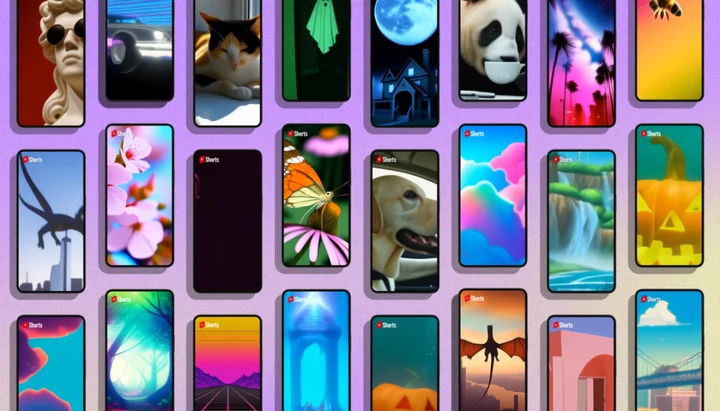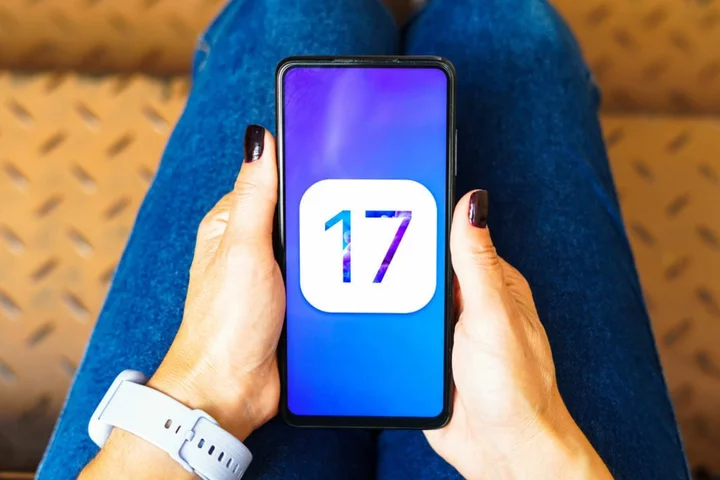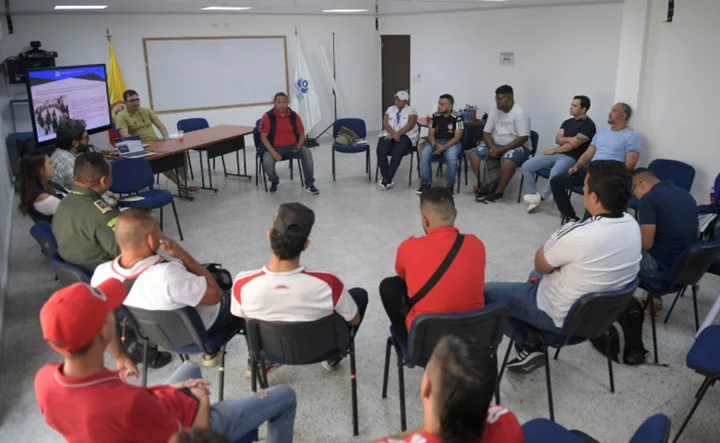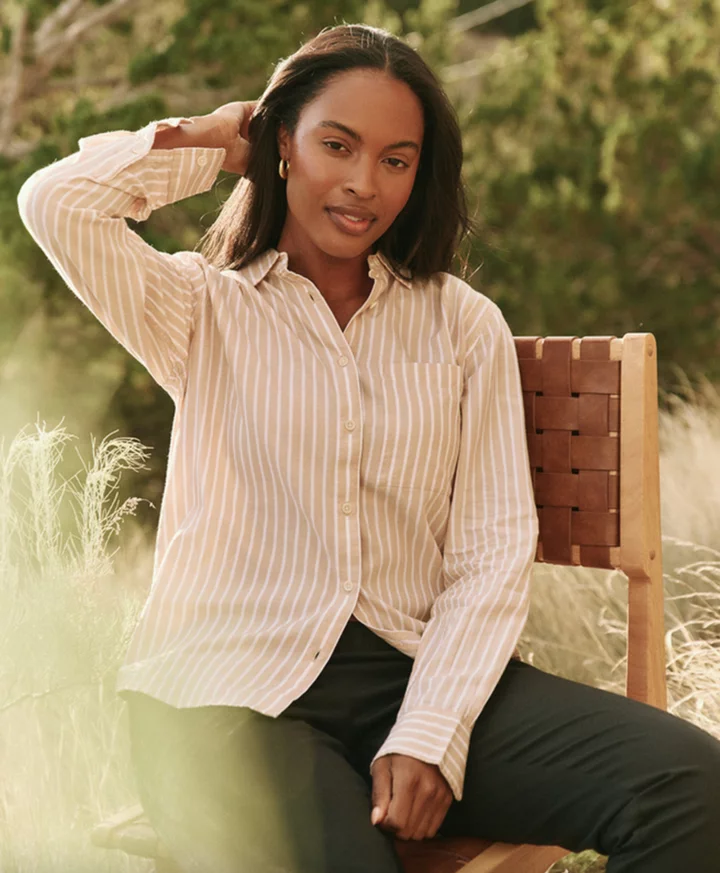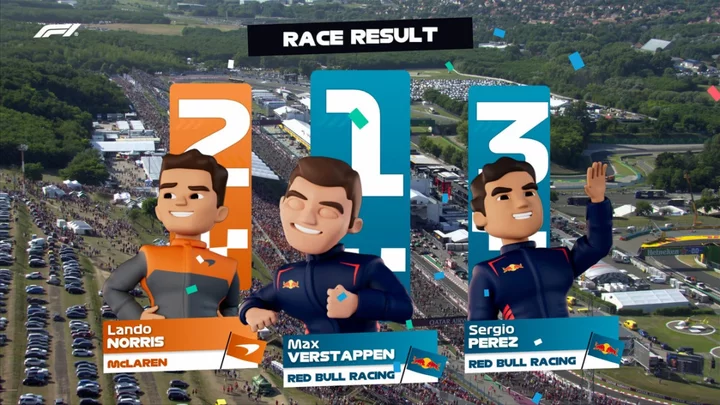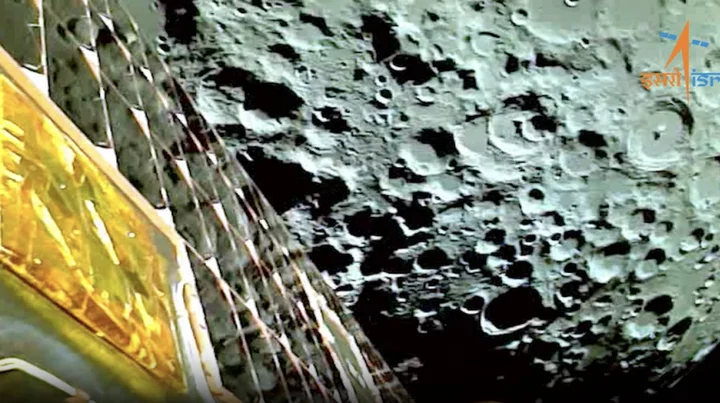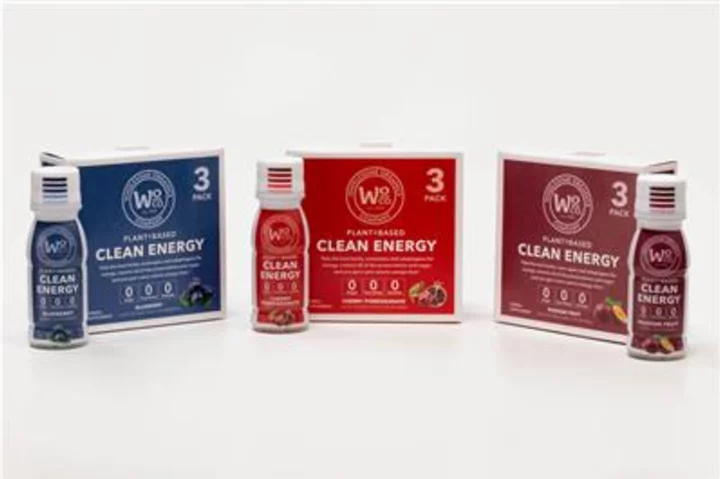On Thursday at its Made on YouTube event in New York, YouTube introduced a slew of AI tools for content creators that are coming to the platform.
These AI tools run the gamut of content creator needs, from AI video generators to AI-powered insights. The tools are being introduced in order to make creation easier for everyone, according to the company.
"Generative AI will make that possible" explained YouTube CEO Neal Mohan at the event.
YouTube CEO Neal Mohan opened the Made on YouTube event with a quick history of the platform. Here he is standing in front of the very first YouTube video. Credit: MashableDream Screen
YouTube’s first announcement, and seemingly its biggest, is Dream Screen, which the company says is coming next year. Dream Screen will allow creators to simply type in an idea for a visual and, in less than a minute, the AI tool will generate videos or video backgrounds.
An example of some of the Dream Screen AI generated video at the event. Credit: MashableAt the event, YouTube showed off some demos of Dream Screen in action. Its cleaner than some other AI video generator tools out there that struggle to maintain a singular design throughout a clip. However, the visuals still very much look AI generated. The tool does seem to excel at making backgrounds for some creators, like those who use green screens for example, so seeing Dream Screen in the hands of a swath of YouTubers will be the real test.
YouTube Create
YouTube also announced four more AI-related tools: Three coming to YouTube Studio next year and one brand new creator app that is available in beta starting today.
The new app, YouTube Create, will be available in the Google Play store for Android users in 8 countries including the U.S. and UK to start testing out today. (According to YouTube, an iOS version will be out next year.) It’s basically YouTube’s answer to CapCut, the popular mobile video editing tool from one of the company’s biggest competitors TikTok.
According to YouTube, the new editing app isn’t just for short form video on YouTube Shorts, which, by the way, the company says now receives 70 billion daily views, up from 50 billion in January. YouTube Create is for long form video. And with it, creators not only can edit video via their mobile device but also automatically cleanup background noise, generate captions, and find and add royalty free tracks to the timeline. Creators can then upload directly to YouTube from the Create app when they are done editing.
The new YouTube Create app announcement at the event. Credit: MashableOne interesting AI-powered feature that was shared during the event was "Find Beats," which automatically marked "interesting" points in a song on the timeline in order to help creators editor video to the music.
Finding Music with AI
Speaking of music for creators, another new AI-powered YouTube tool will help YouTubers find the perfect tracks for their content.
Starting next year, creators will be able to search for music in YouTube Studio by describing their video or the type of music they’re looking for. They can even specify a song’s length. Creators can share an artist or music genre, like they can now, but they don’t have to. The AI tool will then suggest "the right track at the right price."
AI insights and dubbing
One new AI-powered feature that many creators will likely be the most happy to hear is the upcoming AI insights feature that will launch next year.
Found in the YouTube Studio, YouTubers will be able to analyze their content and how it performs in order to generate ideas for future videos. The AI tool will even provide a bullet point breakdown of some potential points they can hit within the video as well in order to maximize its performance.
Here's how YouTube's AI Insights will look. Credit: YouTubeAnother new tool for creators coming to YouTube next year is AI-generated dubbing powered by Aloud. Mashable previously reported on this feature, as YouTube has been testing its AI dubbing tool with some creators for months.
With a click, the tool automatically translates a creator’s video into numerous languages. The language options are then built right into a video’s settings, instead of a viewer having to find a whole different upload of the same video with the appropriate translation. According to YouTube, at least for now, the AI dubbing feature will not include voice cloning of the creator, nor will it alter the video so that the subject lip-syncs to the dub voice over.
Concerns over the ethical use of the technology, especially in art, have presented numerous issues with AI over the past year. YouTube brought in established creators like Cleo Abram of Huge If True, along with executives, to address these concerns.
Abram, a video journalist, discussed the issues surrounding AI, but shared the need to optimistically look at what’s possible. She compared AI to how when artists were concerned when photography was first invented. One motto presented by Abram was that the company wants to "close the gap" between YouTubers' ideas and the means they have to make the idea happen." A YouTube representative shared how the company has AI principles to insure "responsible" creation.
But, much like the hype you’ve been hearing from other industries within the tech space, the message at this year’s Made for YouTube event was clear: "Generative AI is the next big shift."

